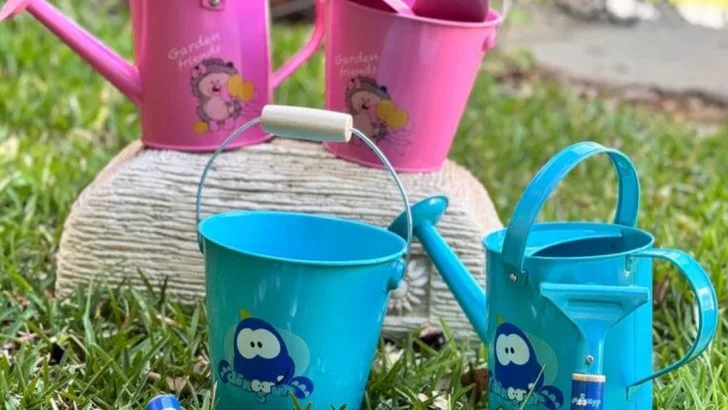Think keeping your garden hydrated means investing in fancy irrigation systems or dragging hoses around all day? Think again. If you’ve ever forgotten to water (or just don’t love doing it), you’ll be happy to know that your home is probably already full of clever solutions.
From old bottles and kitchen tools to common bathroom items, there are everyday objects that can deliver slow, steady moisture to your plants — often better than you could with a watering can. These low-effort, budget-free ideas are perfect for hot weeks, busy schedules, or even summer vacations.
Whether you’re a seasoned gardener looking for shortcuts, or a beginner trying to keep things alive with minimal effort, these 17 hacks will save water, time, and worry — using only what you already have at home.
Ready to turn your clutter into clever watering tools? Let’s dive in.
Plastic Water Bottles
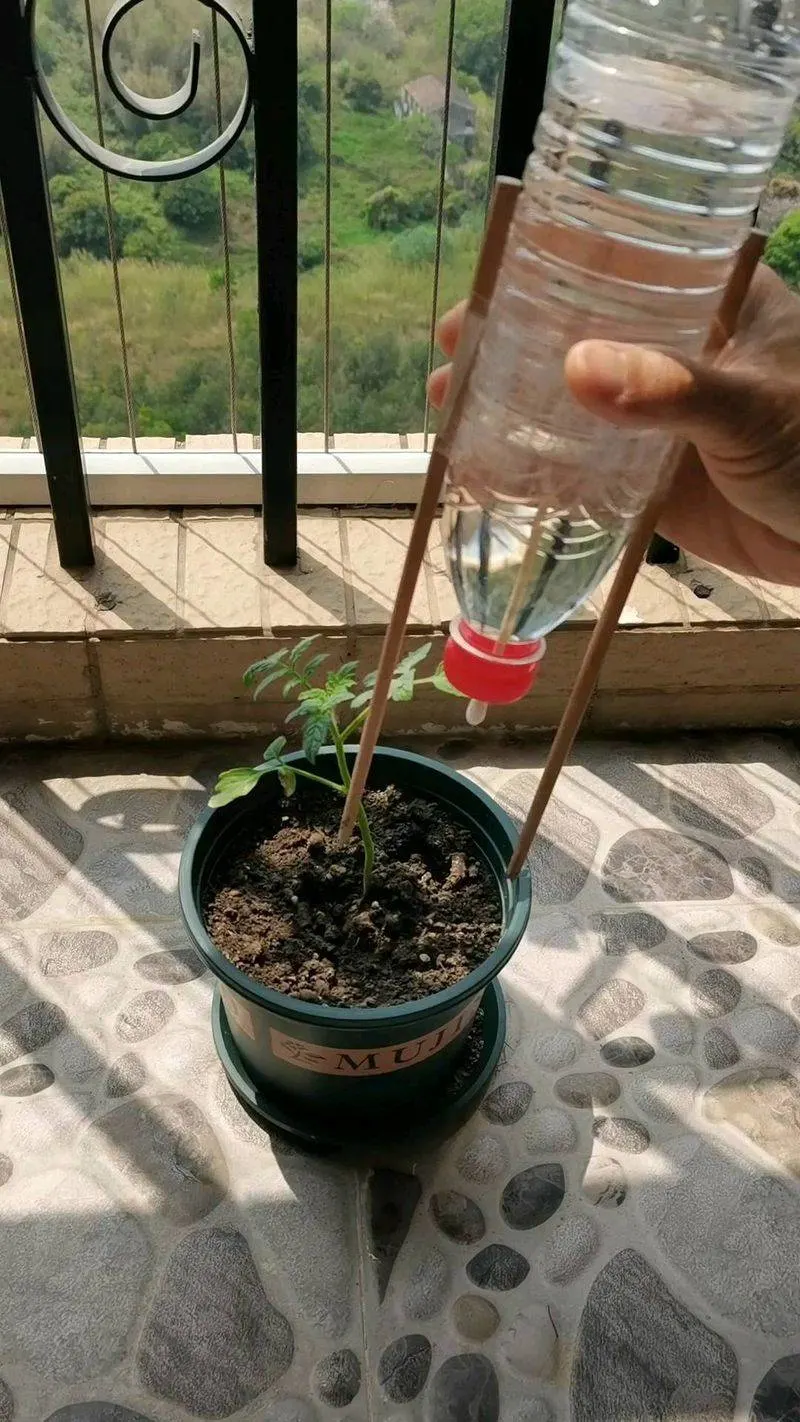
Who would have thought those empty water bottles could become your garden’s ally? With just a few pricks at the cap and a strategic positioning in the soil, these bottles can deliver a slow, steady water drip directly to your plant’s roots. This method is not only economical but also reduces plastic waste in an ingenious way. Ever noticed how convenient it is to upcycle? This is a prime example, transforming potential waste into a valuable garden helper. Try it and watch your plants thrive with minimal effort involved in watering.
Old Wine Bottles
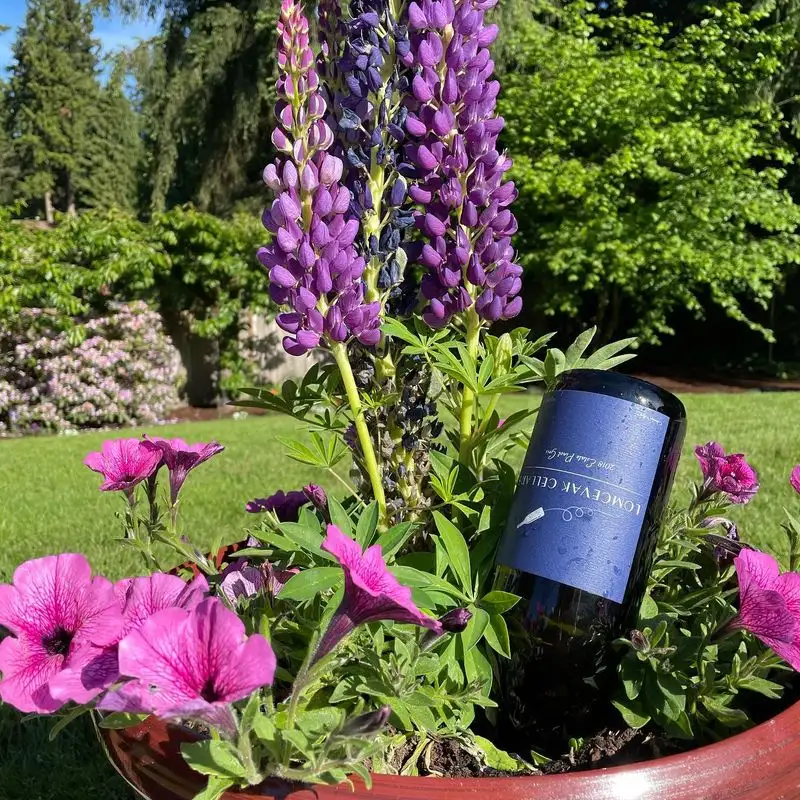
A toast to creativity! Those empty wine bottles aren’t just for recycling—they can serve as elegant watering tools. Fill a clean wine bottle with water, place it neck-down into the soil, and watch as it slowly hydrates your plants. This method not only gives your plants a constant moisture source but also adds a touch of charm with the glass’s vibrant hues. Perfect for those who appreciate the art of wine and gardening, this technique marries aesthetics with functionality. Your garden will be grateful for the steady supply and a splash of visual appeal.
Ceramic Plant Saucers
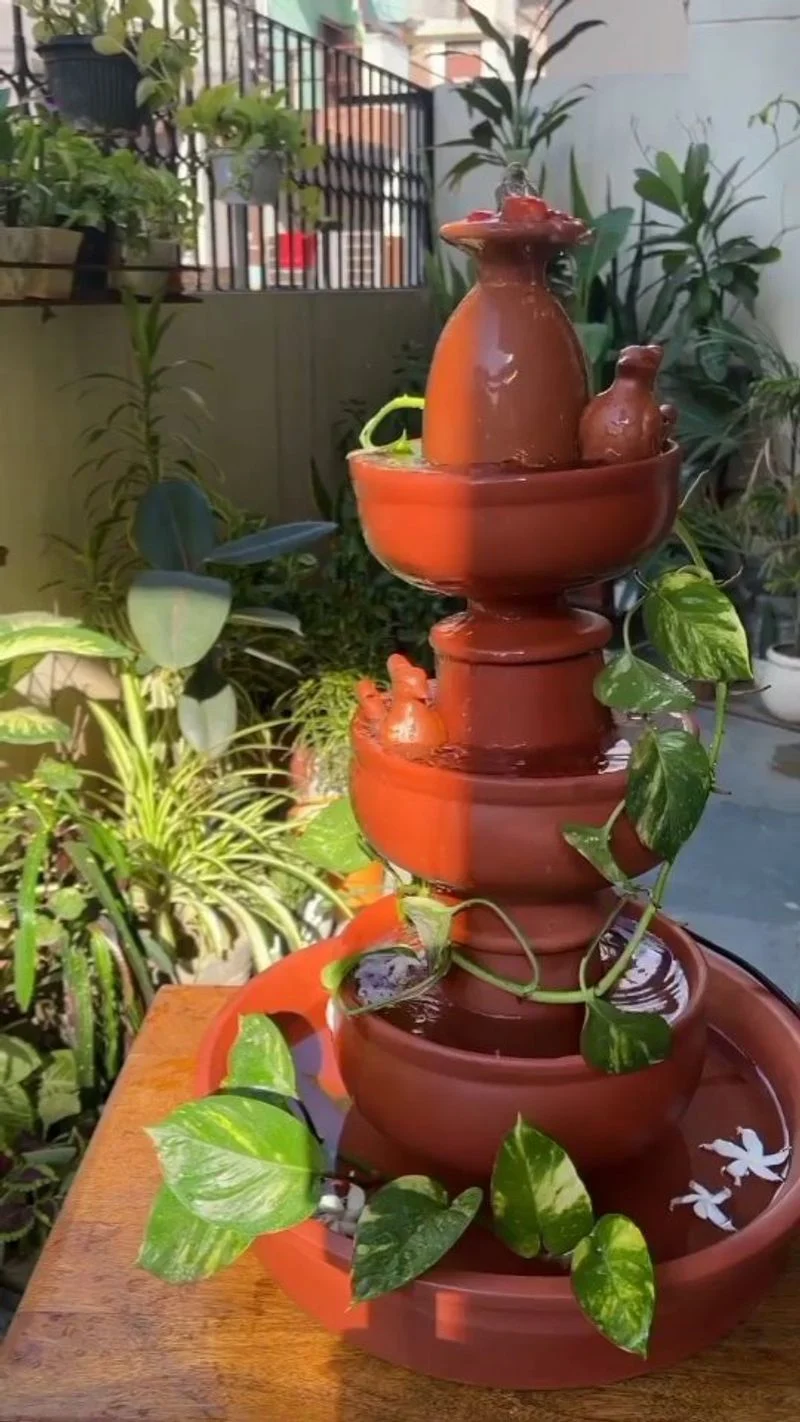
Beneath every potted plant lies a secret weapon waiting to be tapped—the humble ceramic saucer. By filling it with water, it becomes a reservoir that allows plants to drink at their own pace. This is particularly useful for houseplants that prefer consistent moisture. Additionally, saucers can prevent water overflow from damaging your floors. Who knew something so simple could be so effective? With their subtle presence and practical nature, they remain an unsung hero in many a gardener’s toolkit. Give them a try and see how your plants respond.
Kitchen Sponges
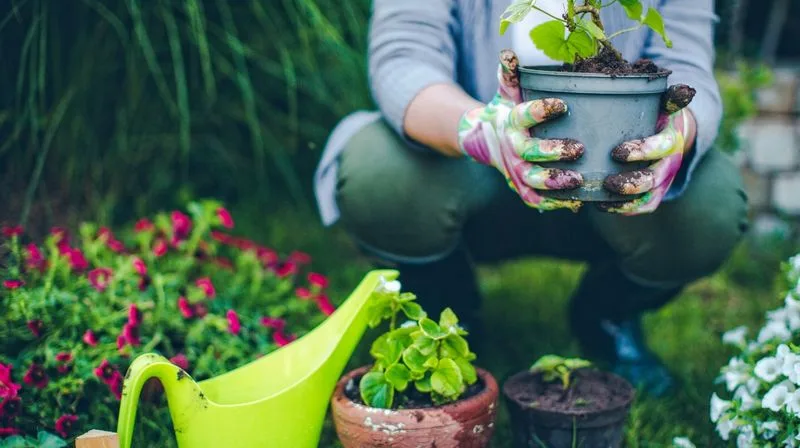
Soft, porous, and surprisingly adaptable, kitchen sponges can do more than just clean dishes. When placed at the bottom of a planter, they retain water, providing a consistent source of moisture for your plants. This technique is particularly beneficial for those who often forget to water their plants regularly. The sponge acts as a reservoir, slowly releasing water to thirsty roots. Plus, it encourages root growth by preventing waterlogging. It’s a clever gardener’s trick—turning everyday items into plant-saving tools with minimal expense.
Shower Timers
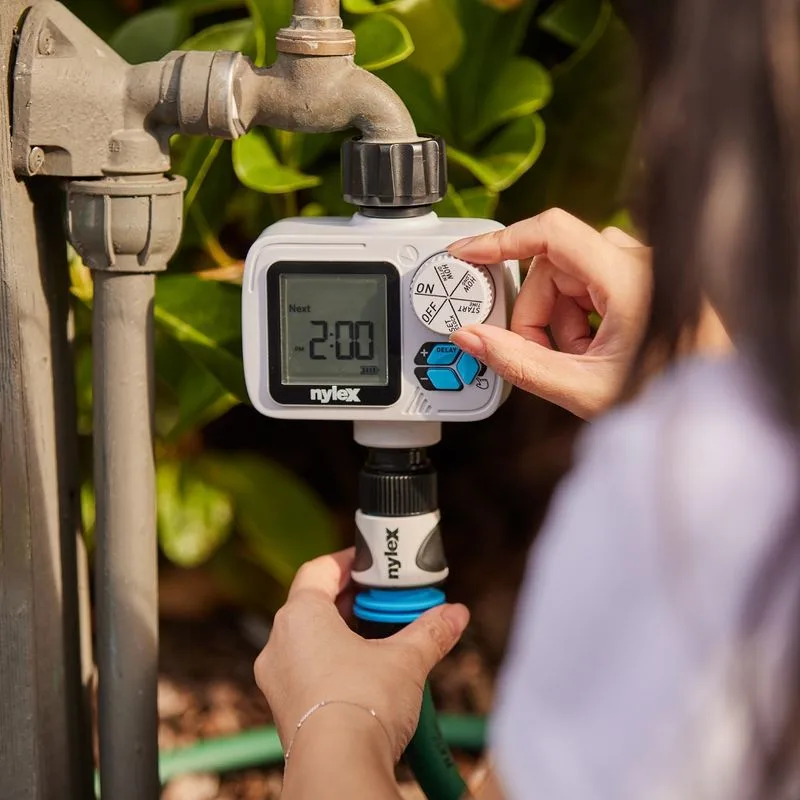
Timing is everything, especially when it comes to watering your garden. A shower timer can help ensure your plants get the right amount of water by managing how long you leave the hose running. Attach it to your garden’s watering system and set the desired time. This prevents over-watering, saving water and keeping your plants healthy. For those who enjoy tech-savvy solutions, it’s an excellent way to integrate a routine into gardening. It’s all about precision and efficiency, and your plants will thank you for the consistency.
Old Hoses
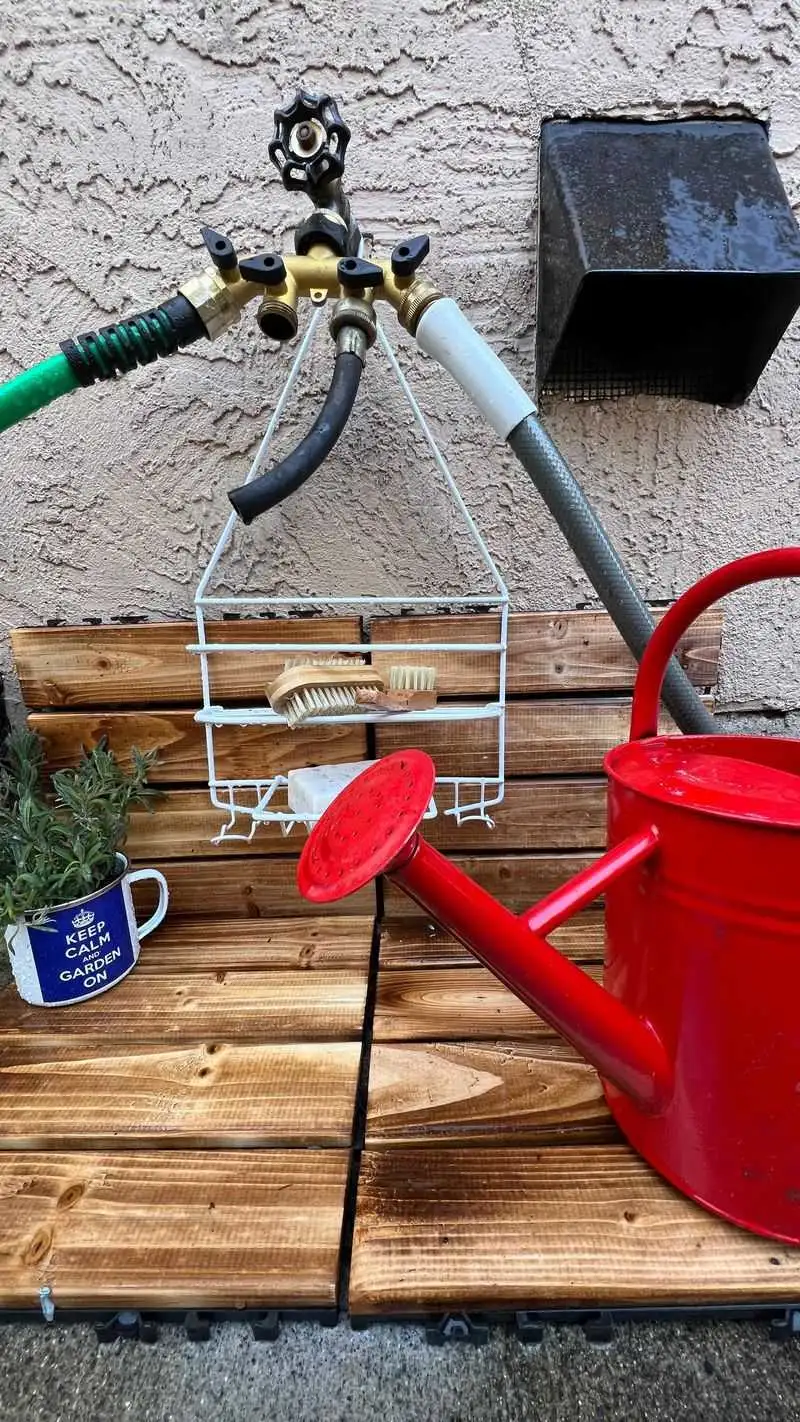
Old hoses need not be discarded. With a bit of creativity, they can be converted into efficient drip irrigation systems. Simply puncture small holes along the length of the hose, lay it across your garden, and let it deliver water precisely where it’s needed. This method not only extends the life of your hose but also provides a slow, even watering method that many plants thrive on. It’s a comforting thought knowing that with just a little effort, a piece of garden waste can become an essential tool for nurturing your plants.
Tea Kettles
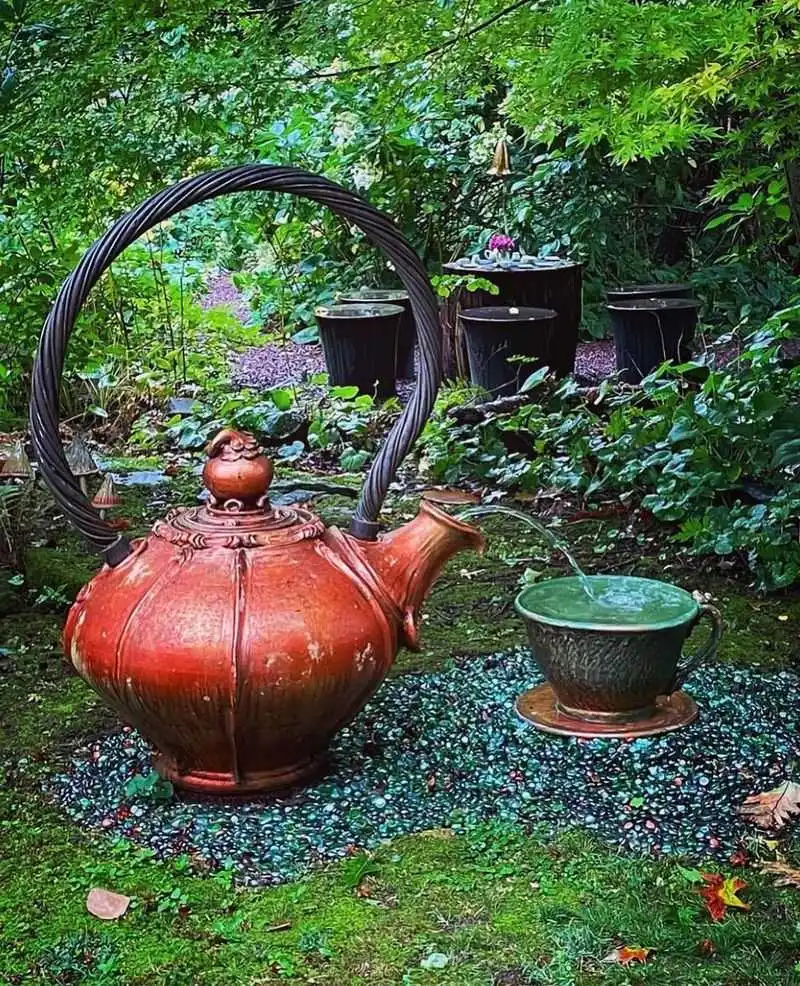
Pouring a steaming cup of tea and watering a thirsty plant share a commonality—both can utilize a tea kettle. With its spout designed for precise pouring, a kettle is perfect for targeting plant bases without disturbing the soil. This is especially useful for indoor plants or delicate seedlings that require gentle care. Plus, let’s not overlook the aesthetic charm a classic kettle brings to garden chores. Embrace the simplicity and elegance of using what you already own to tend to your garden’s needs. Sometimes, simplicity is the best solution.
Children’s Watering Cans
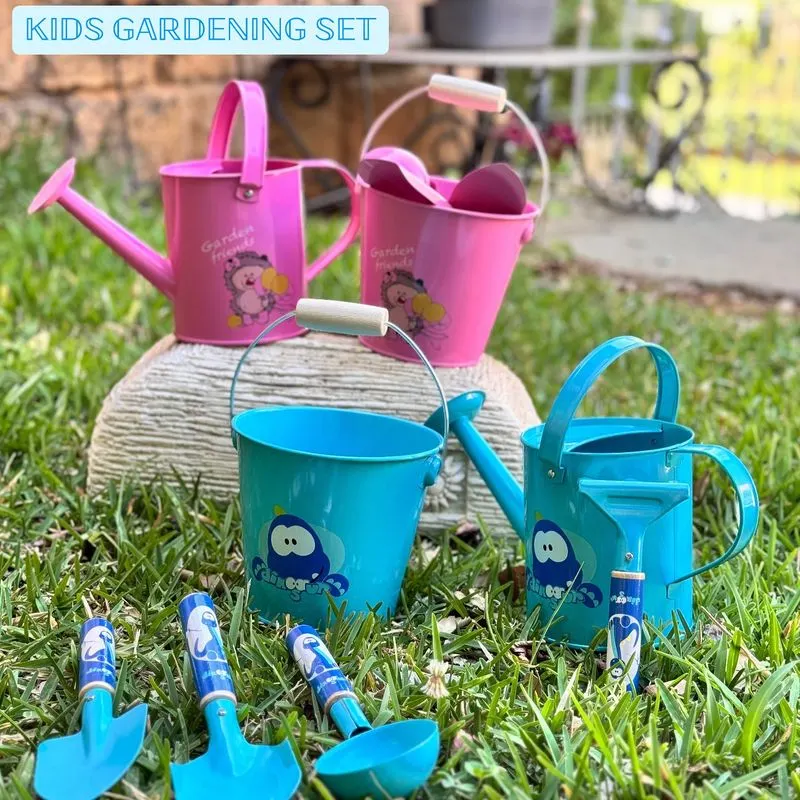
Childhood toys often find their way into the garden, bringing a playful touch. Those little watering cans, initially meant for sandcastles, can be effective tools for watering smaller gardens or houseplants. Their manageable size makes them ideal for children to join in on the gardening fun, promoting an early love for nature. Moreover, their vibrant colors and quirky designs can add a whimsical flair to the garden. It’s a gentle reminder that gardening can be inclusive and enjoyable for all ages, blending function with family-friendly fun.
Plastic Storage Bins
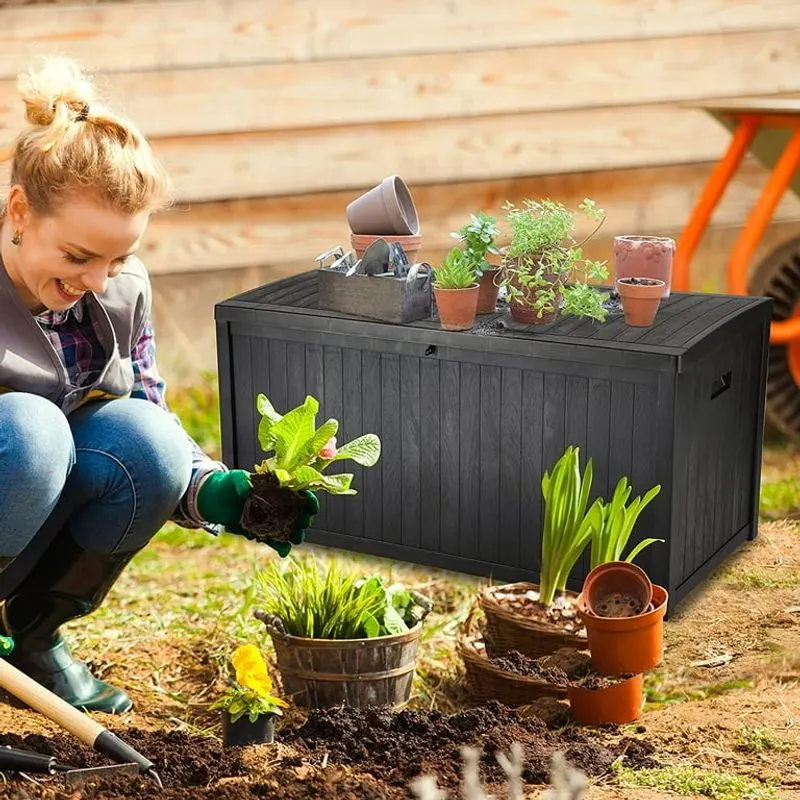
Simple storage containers can become rainwater collectors with little effort. Placed under a downspout, these bins capture rainwater, providing a natural and eco-friendly water source for your plants. This method not only conserves water but also reduces reliance on tap water, making it an environmentally conscious choice. It’s astonishing how everyday items can play a role in sustainable gardening. Harnessing rainwater can be as simple as utilizing what’s already on hand. It’s an investment in both your garden’s health and the planet’s future.
Bathtub
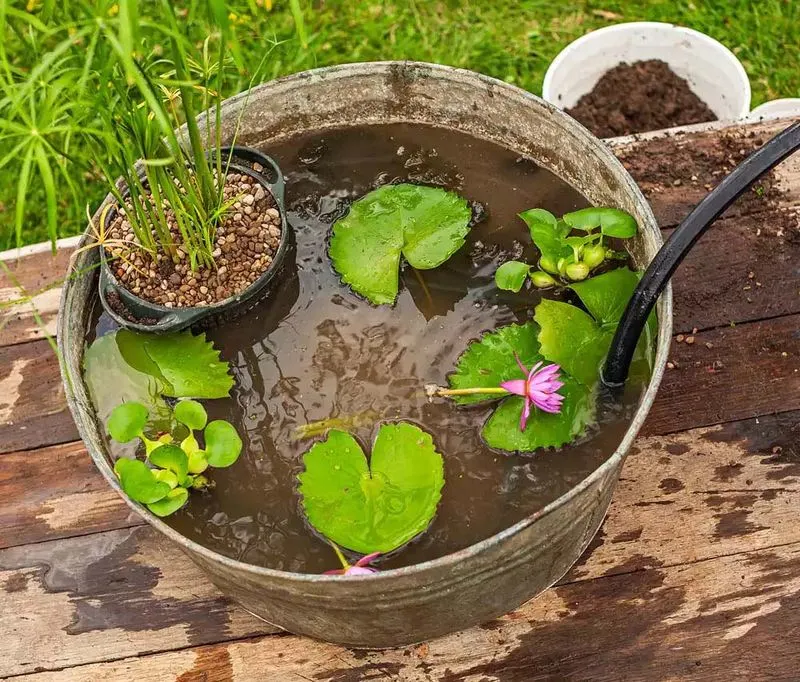
The bathtub—a symbol of relaxation and now, a potential garden ally. When placed strategically outdoors, it can serve as a large water reservoir. Ideal for capturing rainwater or storing excess water, it supports large gardens needing consistent irrigation. Whether in use as a unique planter or watering station, its capacity offers significant advantages. This idea showcases the art of repurposing, transforming a bathroom fixture into a garden asset. It’s a testament to creativity and resourcefulness in sustainable gardening practices.
Colanders
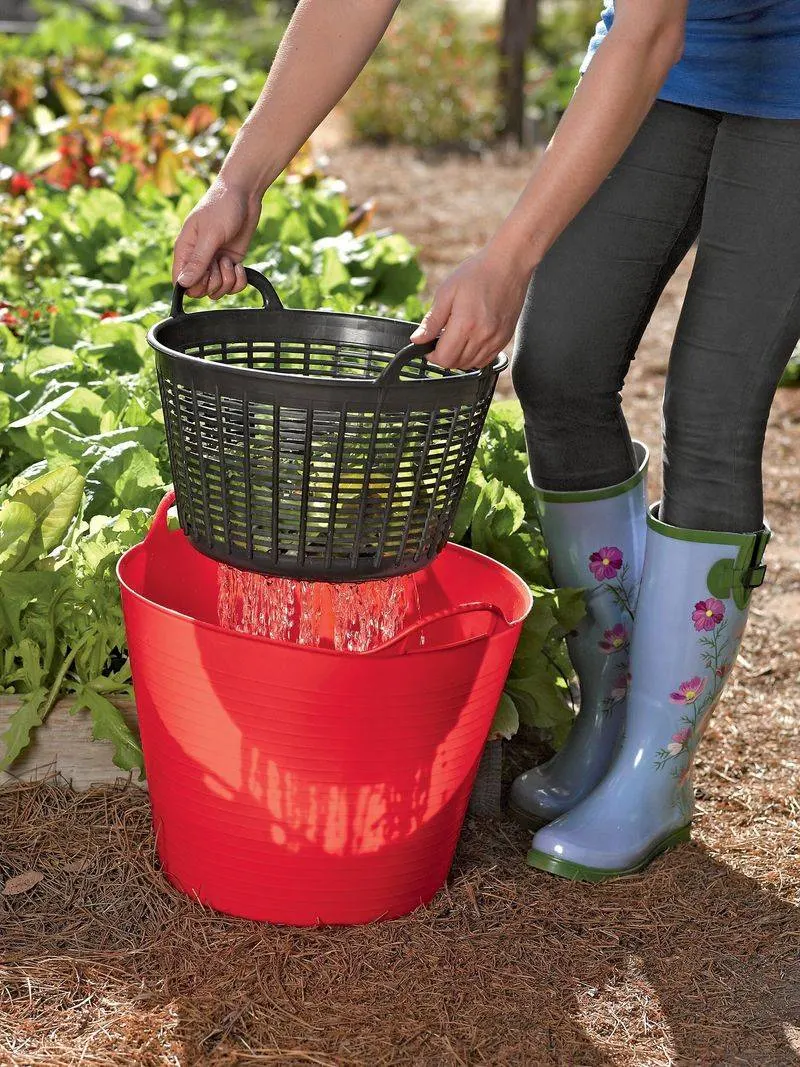
Kitchen colanders aren’t just for draining pasta; they can whisper water softly onto delicate plants. Fill with water and let it disperse evenly, mimicking a gentle rain. This method is particularly useful when precision is needed to avoid soil erosion around tender roots. It’s an unexpected yet effective way to reimagine kitchen tools, bringing a sense of novelty to gardening routines. By turning the mundane into the remarkable, gardening becomes an exercise in creativity and efficiency.
Mason Jars
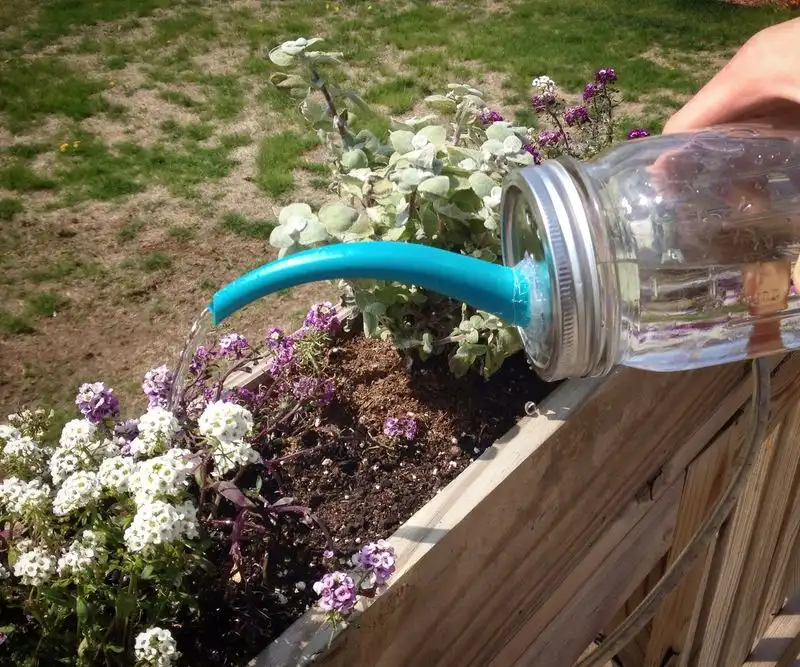
Quaint and versatile, mason jars can serve as rustic plant watering devices. Fill them with water, invert them into potted plants, and they will steadily release moisture. This technique, besides being a practical solution, adds a charming aesthetic to your garden. The transparent nature of mason jars allows for easy monitoring of water levels, ensuring your plants remain hydrated. What began as a canning staple has evolved into a multifaceted garden tool. It’s another way to appreciate the simple pleasures in a gardener’s life.
Ice Cube Trays
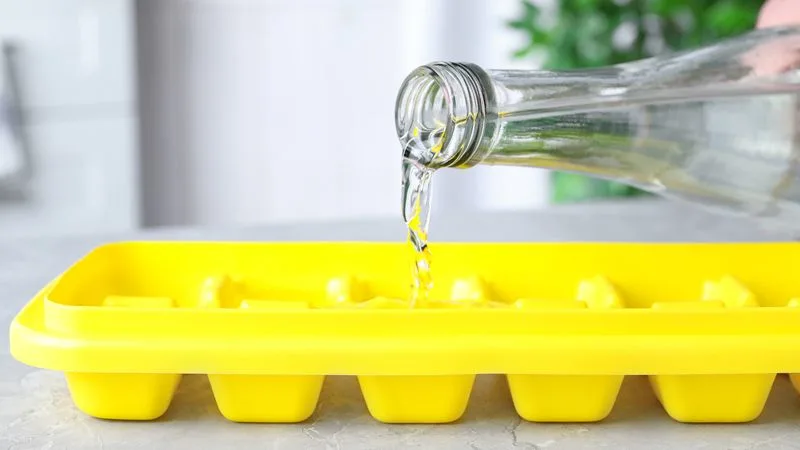
In the scorching heat, even plants appreciate a cool drink. Fill ice cube trays with water, freeze, and place the cubes around your plants. As they melt, they provide a slow release of moisture, which is especially beneficial in hot climates. This method is a brilliant way to ensure consistent hydration without overwatering. Plus, it’s an excellent use of freezer space, turning an everyday kitchen item into an essential garden helper. It’s a small yet impactful strategy to keep your garden thriving.
Umbrellas
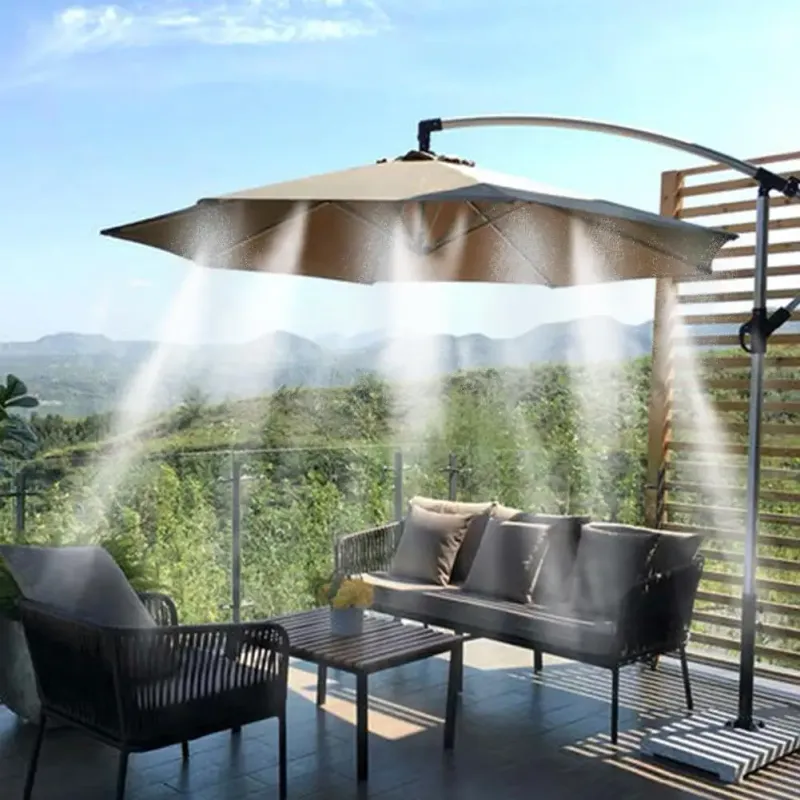
Unexpectedly, umbrellas can play a part in your garden’s watering regime. On particularly sunny days, they can be used to provide shade, reducing evaporation and keeping soil moist. This ensures that the water your plants receive stays where it’s needed most. It’s a creative way to use an item meant for rain to combat the sun’s intensity. By thinking outside the box, gardeners can find new ways to protect their plants, leveraging what they already have at home.
Soda Bottles
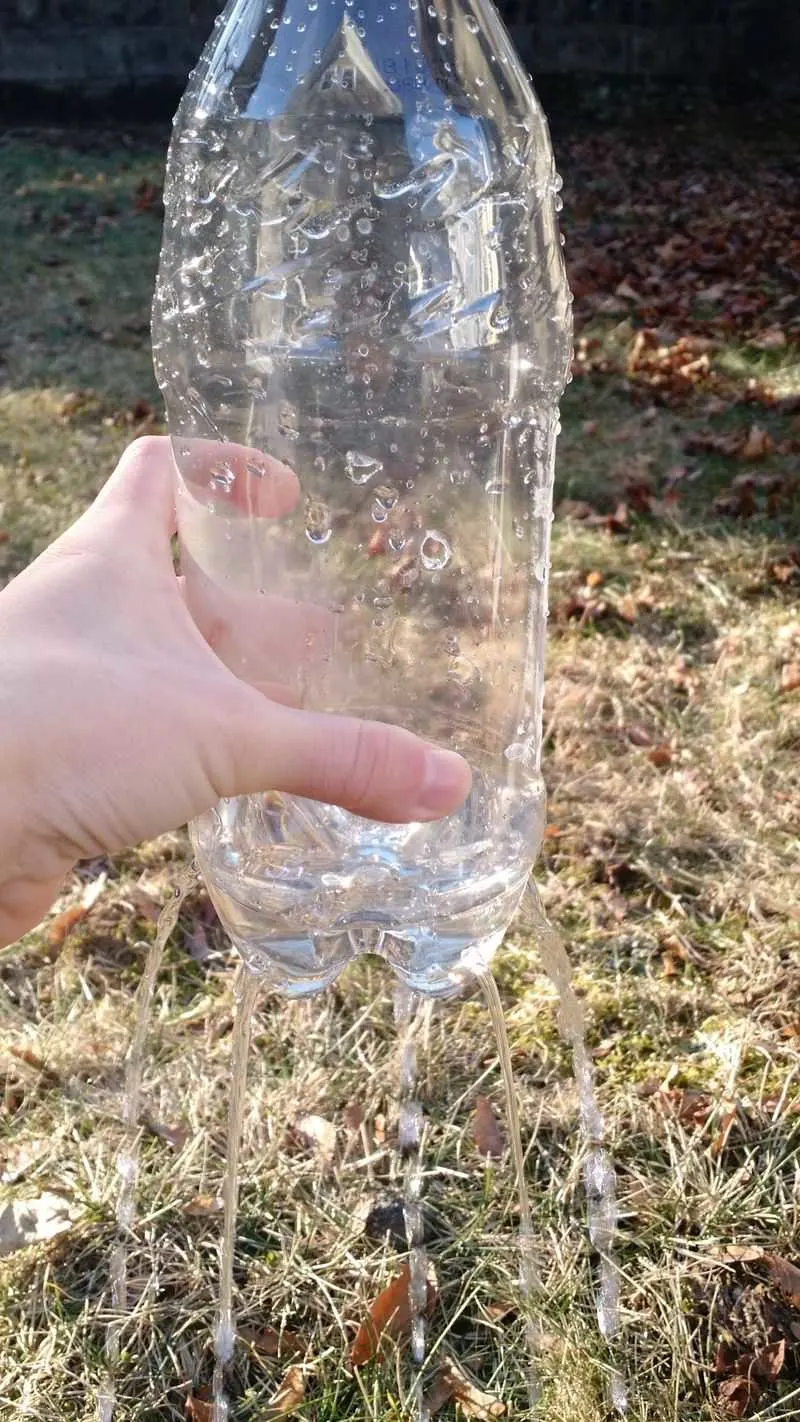
Soda bottles are more than just carriers of fizzy drinks; they’re also potential garden tools. By cutting them in half and inverting the top into the base filled with water, they become self-watering planters. This method provides consistent moisture to plants, reducing the need for frequent watering. It’s a clever twist on recycling, ensuring that no potential tool goes to waste. Your garden can benefit greatly from this simple innovation, showcasing the blend of sustainability and practicality.
Coffee Cups
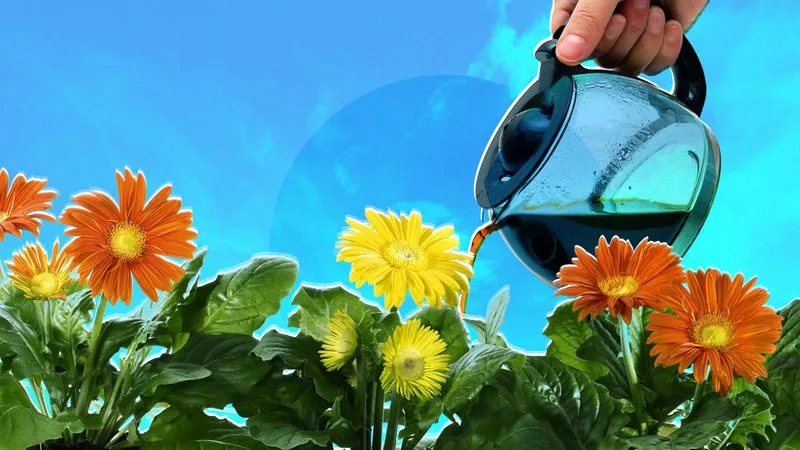
Morning rituals often involve coffee, and those cups can extend their utility beyond the kitchen. Use them to water small plants, especially those indoors, where precision and control are vital. Their easy-to-hold design makes them perfectly suited for delivering just the right amount of water. This approach turns an everyday item into a fun and functional garden tool. It’s about finding joy and utility in the mundane, proving that even the smallest items can have a big impact in your gardening endeavors.

